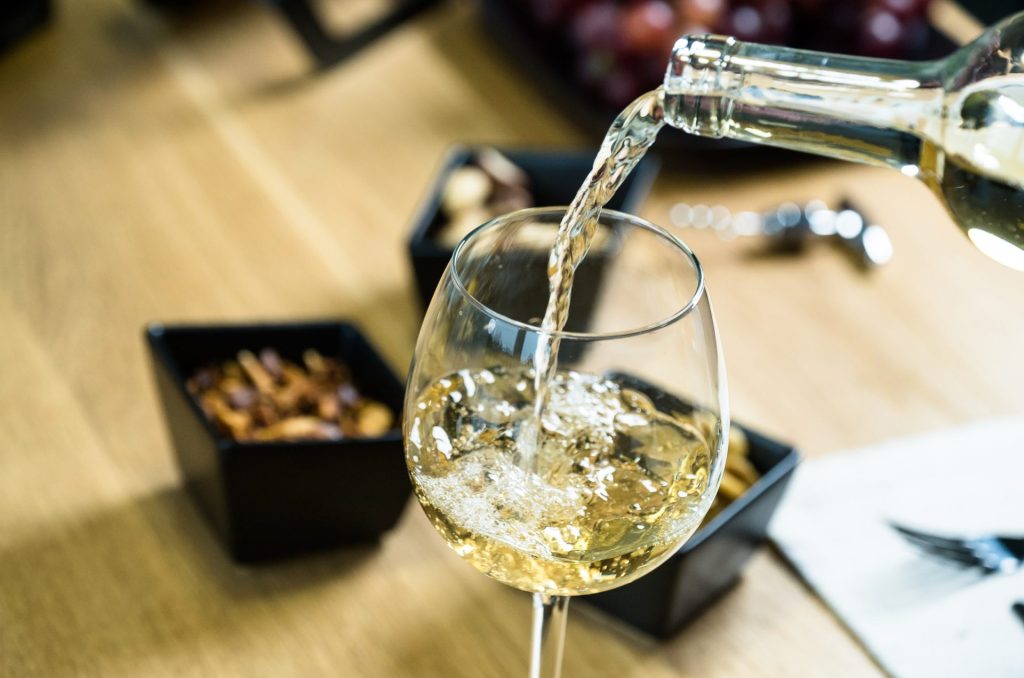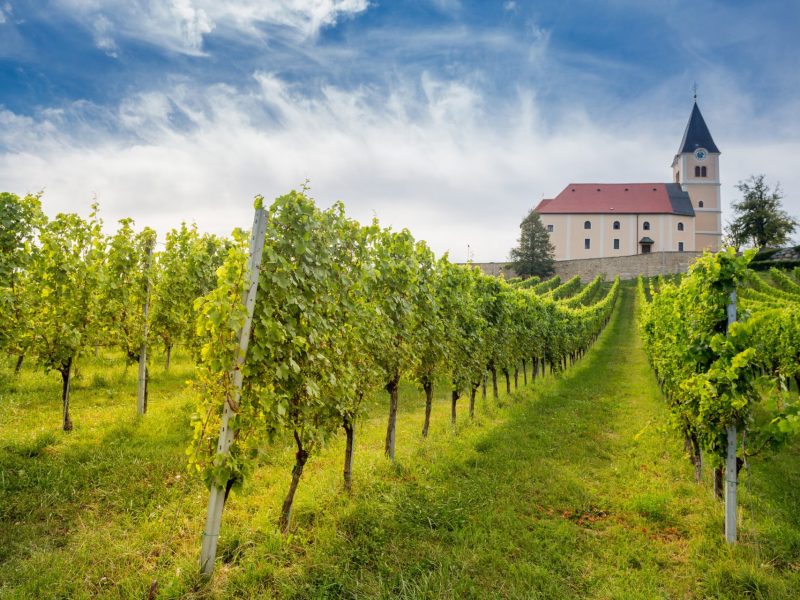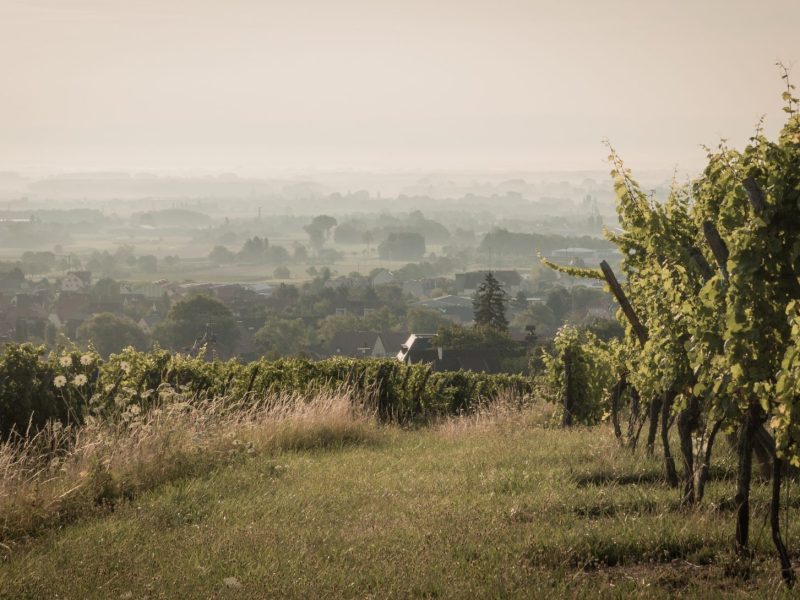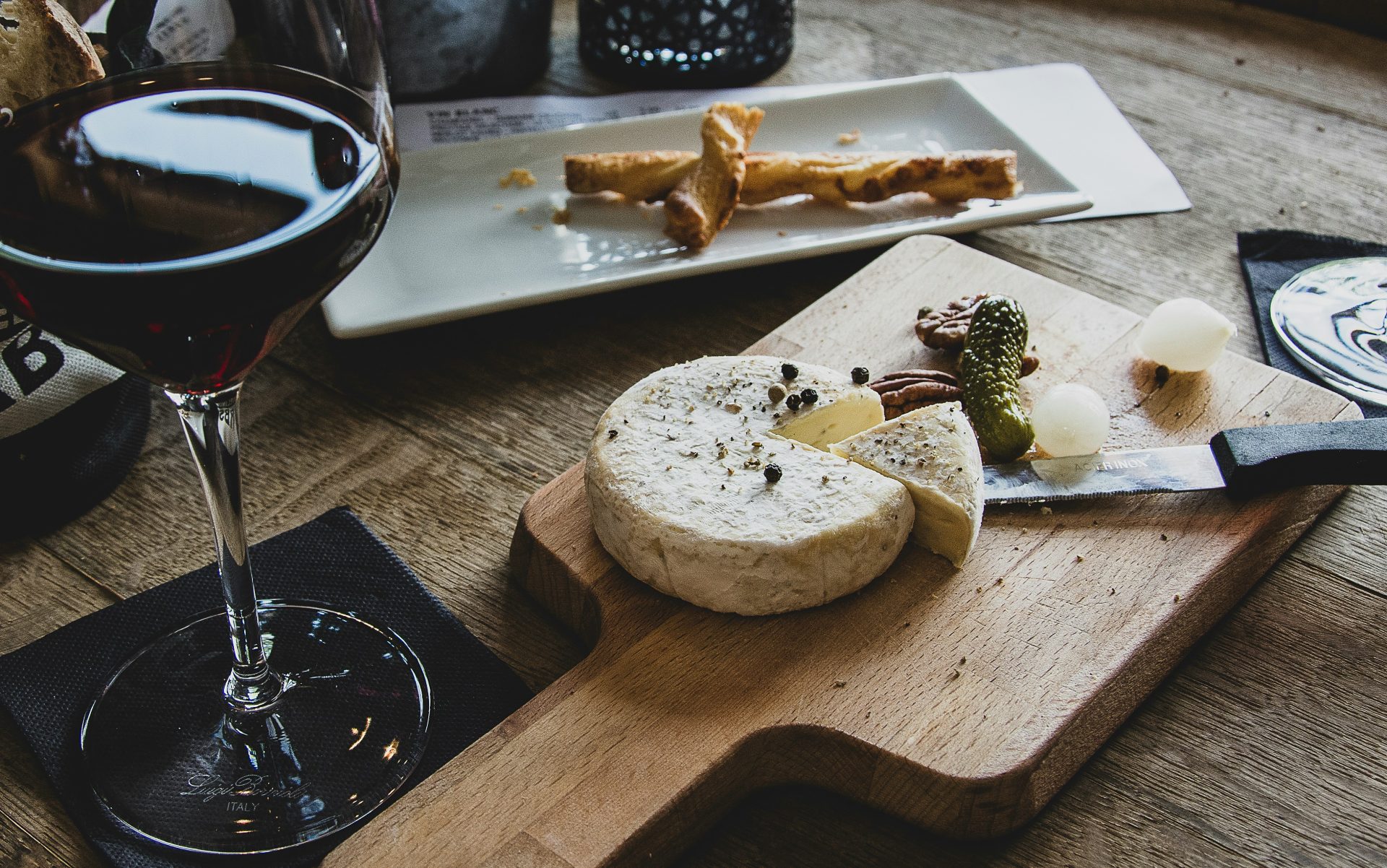
Master At-Home Wine Tastings
Traveling to a new wine destination is exciting! You have the chance to learn first-hand about the region and its grape varieties. Even if you’re knowledgeable about wine, exploring in the region and seeing the vineyards, the slopes, the soil, and the sunlight helps you gain far more appreciation for the wine. You can really dig into the culture and terroir that makes the wine special, and it helps solidify your knowledge.
However, there are times when tasting at home can be helpful. Maybe you want to do a bit of wine research before you travel. Or maybe you don’t have a trip planned, but you want to taste the wines of different regions while you wait for travel plans to come together. Also, by exploring different wines at home, you discover wines you love, and it helps you decide which region to visit next.
We might receive a small commission if you purchase products through our affiliate links. However, this does not impact our reviews and recommendations. We only promote items we have tried and think you’ll enjoy.
We’ll help you plan the perfect tasting at home.
Download our wine-tasting kit
Created by our Founder, Michelle, and used for her private wine events. It’s so handy that we’re giving it to you for free.
The kit includes: A Tasting Guide, Tasting Cards & Wine Tags
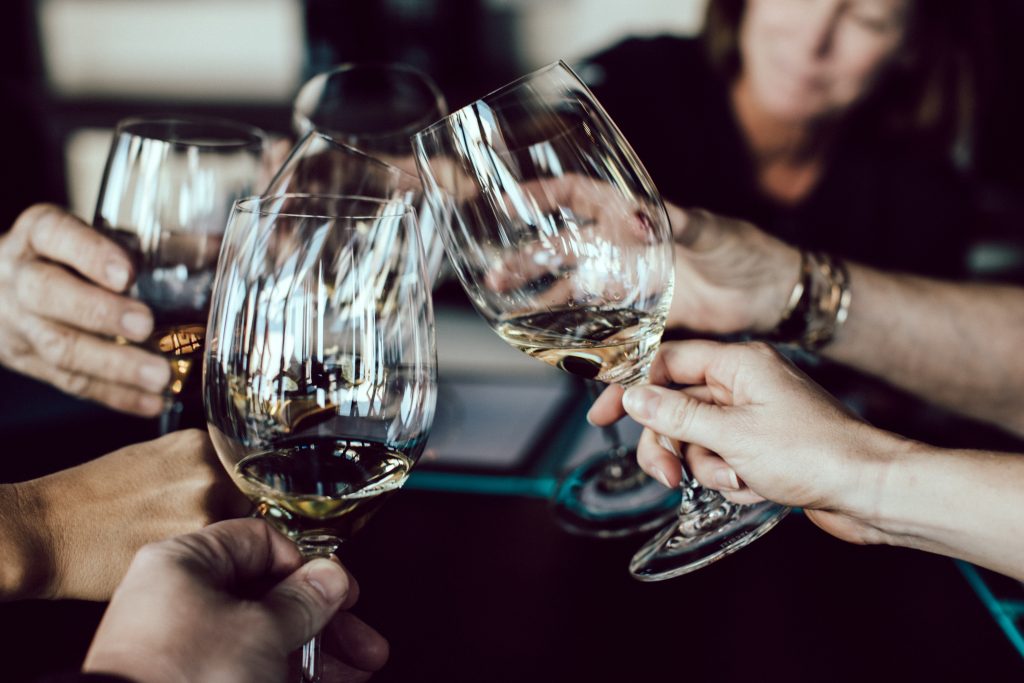
Host a wine tasting!
Invite a group of your fellow wine enthusiasts to get together with a theme for wine tasting. You can decide on the theme and allow your friends to pitch in with wine or food. Or, if you’re feeling up to the task, you can play the part of sommelier and wow them with your wine knowledge and skills.
Here are a few tasting themes to get you thinking. Be sure to let us know what themes you create for your tastings, and tell us about them on Instagram or Facebook.
4 Examples Wine Tasting Themes
1. Taste a Region:
Pick at least 4 wines from a specific region and keep it varied by including a sparkling and a mix of white and red wines.
2. Compare Across Different Regions:
You can choose the same grape variety from different regions. For example, you can choose a Riesling from Germany, Alsace, and Austria.
3. Volcanic Wines:
Taste wines from Sicily and Greece, where the flavors of volcanic soils add a pronounced flavor.
4. Old World -versus- New World:
Compare Cabernet Sauvignon and Merlot from Bordeaux versus Napa Valley. Even better, do a blind tasting and see how many of you can correctly guess if it’s France or California. Have a prize for the person who gets the most right.
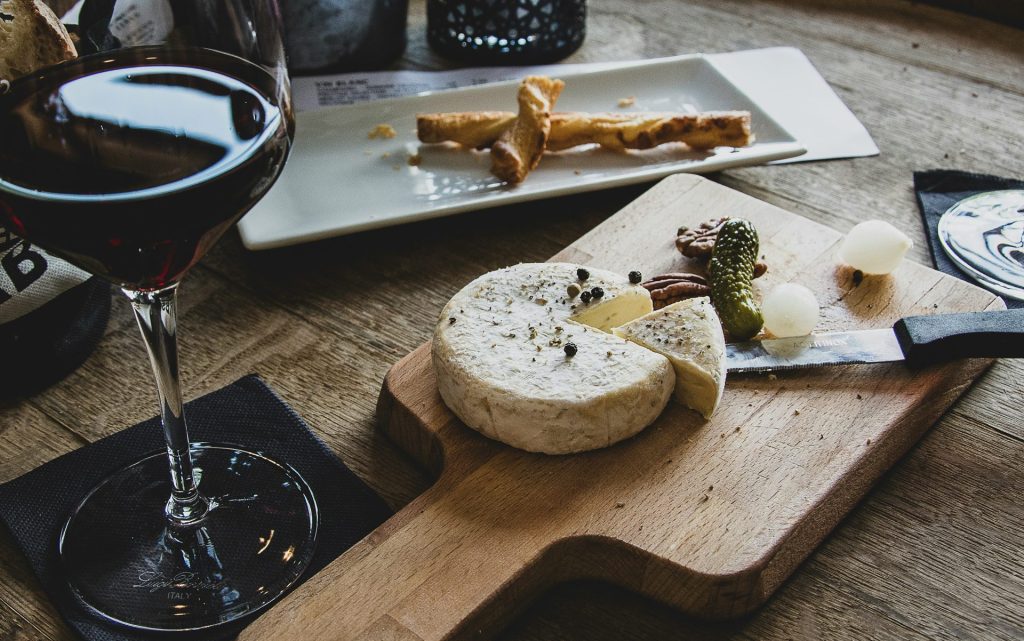
5 tips to help you plan a wine tasting at home.
1. Lighting
Make sure the area is well-lit and you have a piece of white paper to judge the color of the wine.
2. Aromas
Keep the space free of any intense smells like perfume, air freshener, or candles. You’ll want to smell the wine aromas; other strong smells can get in the way.
3. Consistency
Use the same style of wine glass for each wine you’re tasting to help make apples-to-apples (or wine-to-wine) comparisons. You don’t need special glasses for different types of wine, so don’t worry if you don’t have the perfect pinot glass for that Burgundy. And never use a fluted glass for champagne; you can use a standard wine glass.
You can keep a supply of the same glasses to use for reds, whites, sparkling, and everything in between. We’re fans of the Spieglau wine glasses for everyday tasting, but there’s something special about drinking great wine from a luxury glass on occasion.
Our recommended glasses:
4. Pairings
Have some snacks available so that people can compare the wine on its own and how it might change with food. Salt and umami flavors are perfect for pairing.
“If it grows together, it goes together” is a good rule of thumb for pairing wine and food. Think parmesan and pasta with Chianti, meat ragu and risotto with Barolo, brie and camembert with a Burgundy (red or white), goat cheese and Sancerre from the Loire Valley, tapas with Spanish wines, etc.
5. Notes
Take notes. It’s a good idea to practice taking notes when you’re tasting. If you keep consistency in your note-taking and cover the same points each time you taste, over time, you’ll be able to run through a tasting checklist quickly.
Hit these points each time:
- Note the producer, the vintage, the region, the price, the retailer where you purchased the wine, and any other details
- The Appearance: Note the color and clarity
- The Nose: Note the aromas
- The Palate: note flavors in your mouth and other things like the body, acidity, and tannins
- The Conclusion: Sum up the finish, balance, intensity, and complexity, and draw your own conclusion about the wine.
Don’t Forget…
We’ll help you plan the perfect tasting at home.
Download our wine-tasting kit
Created by our Founder, Michelle, and used for her private wine events. It’s so handy that we’re giving it to you for free.
The kit includes: A Tasting Guide, Tasting Cards & Wine Tags
